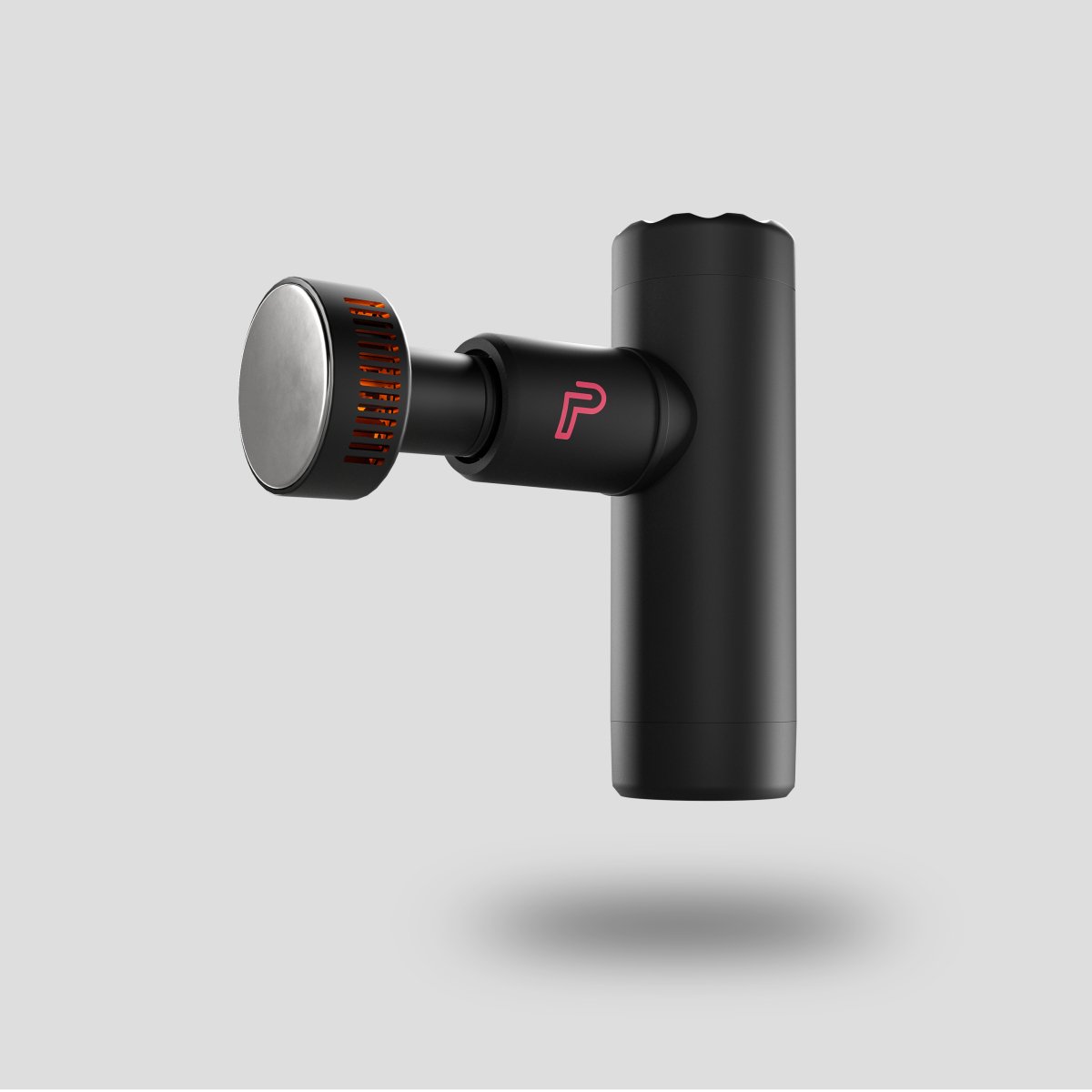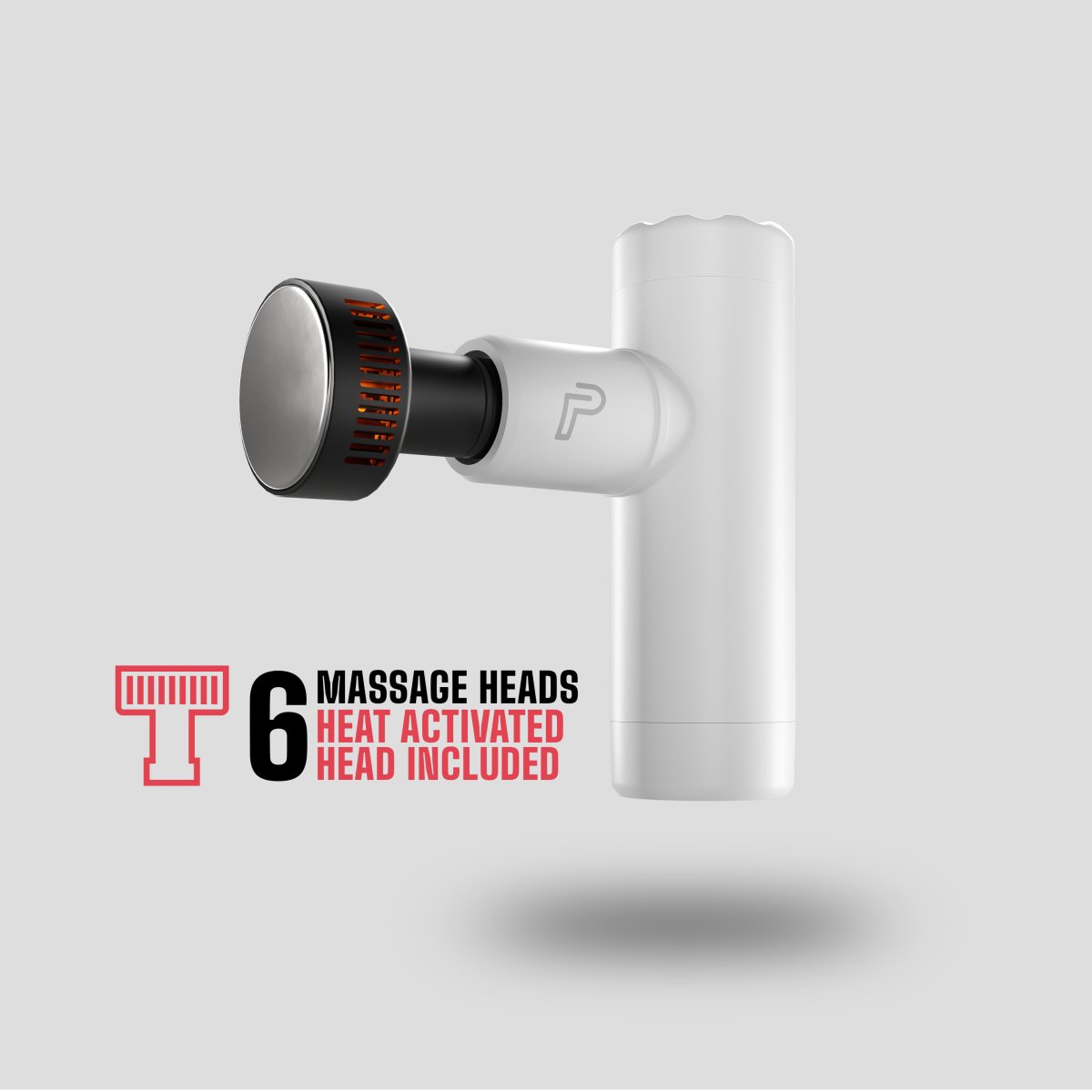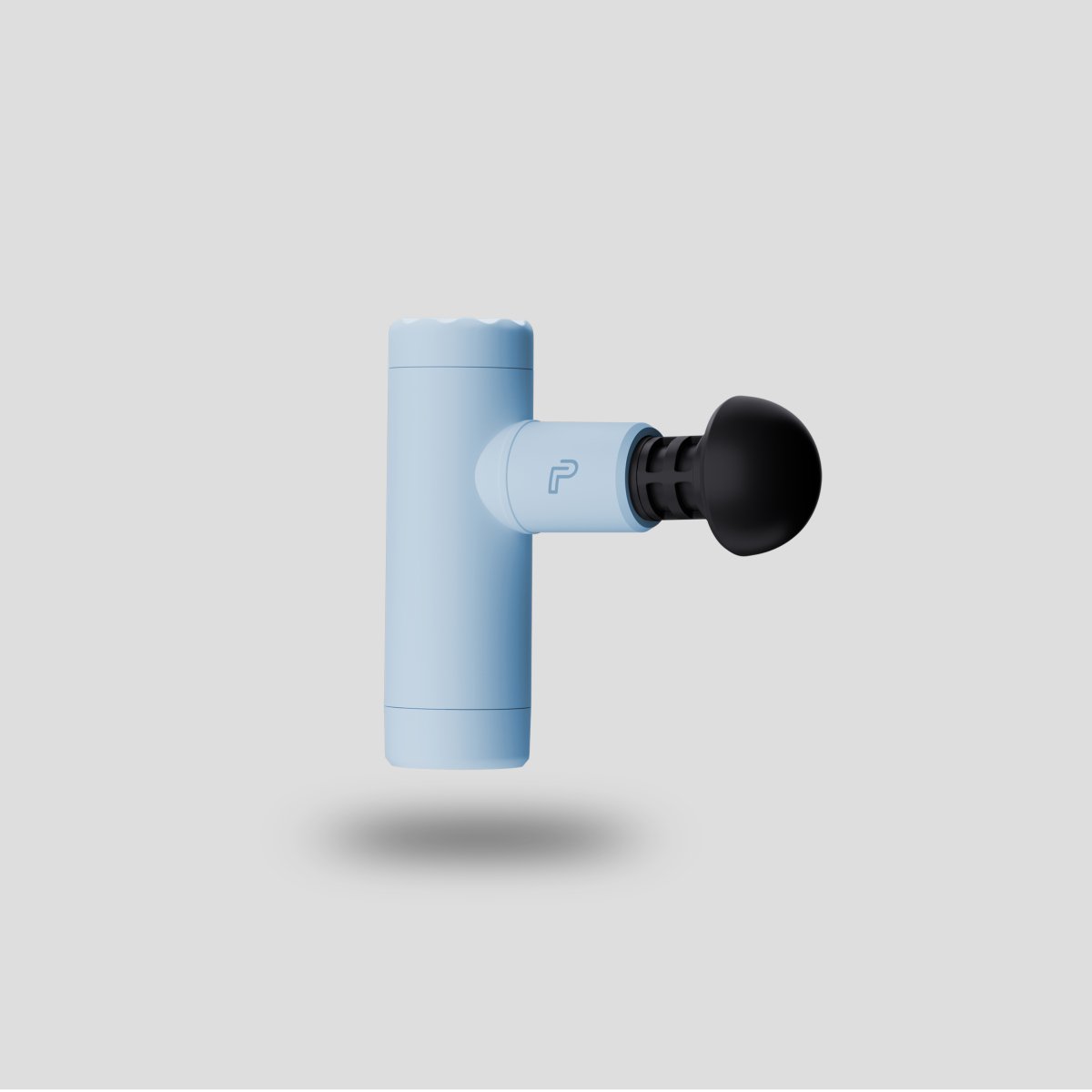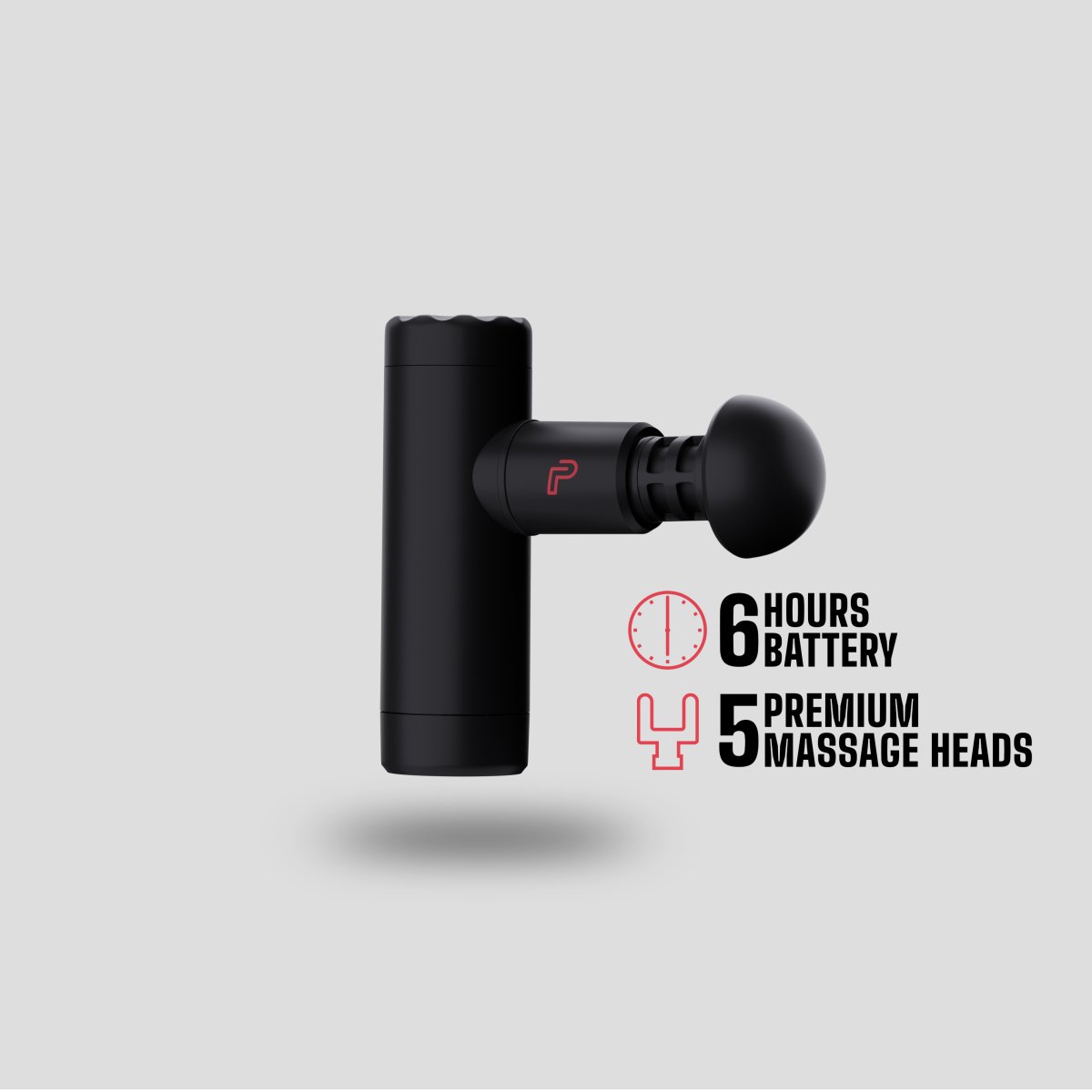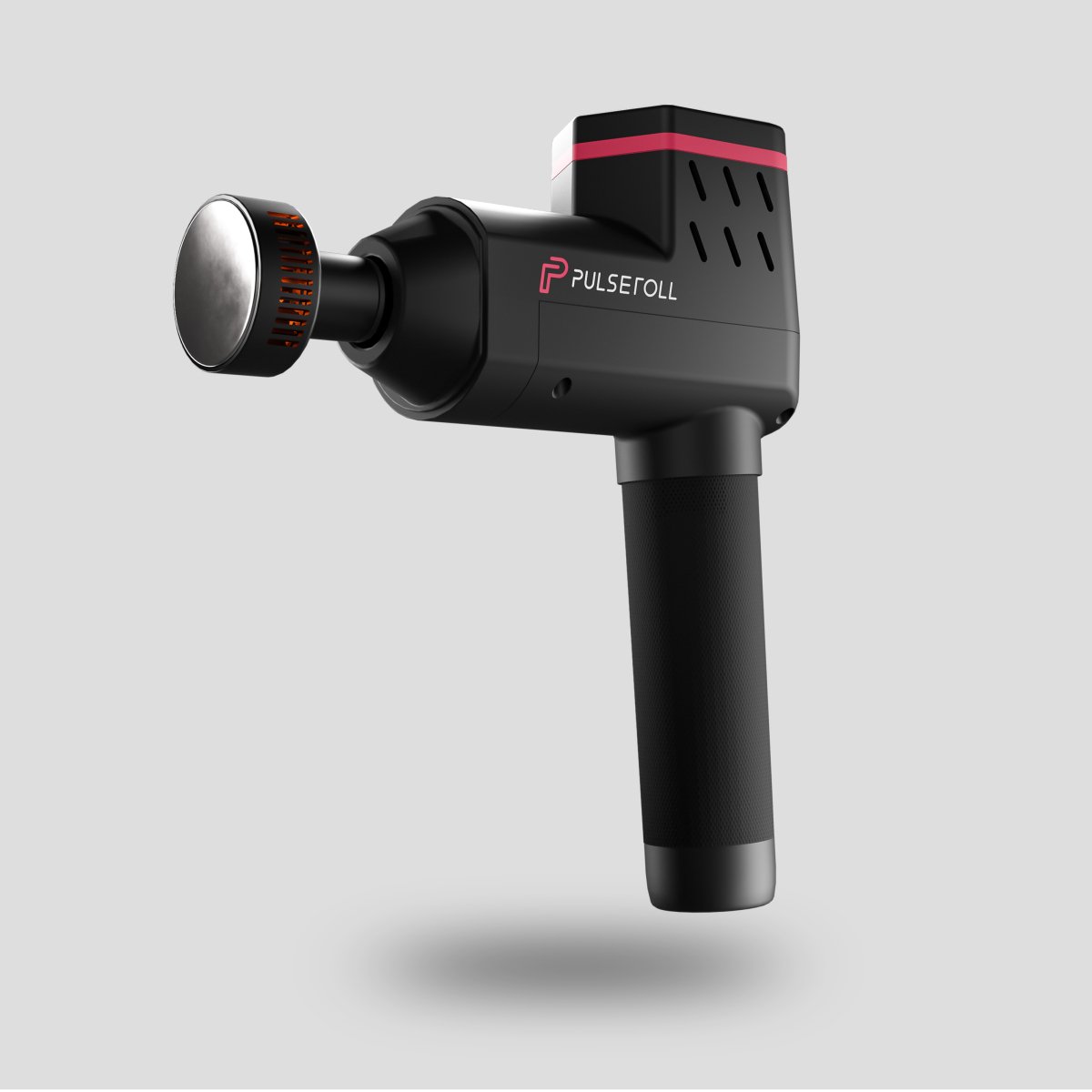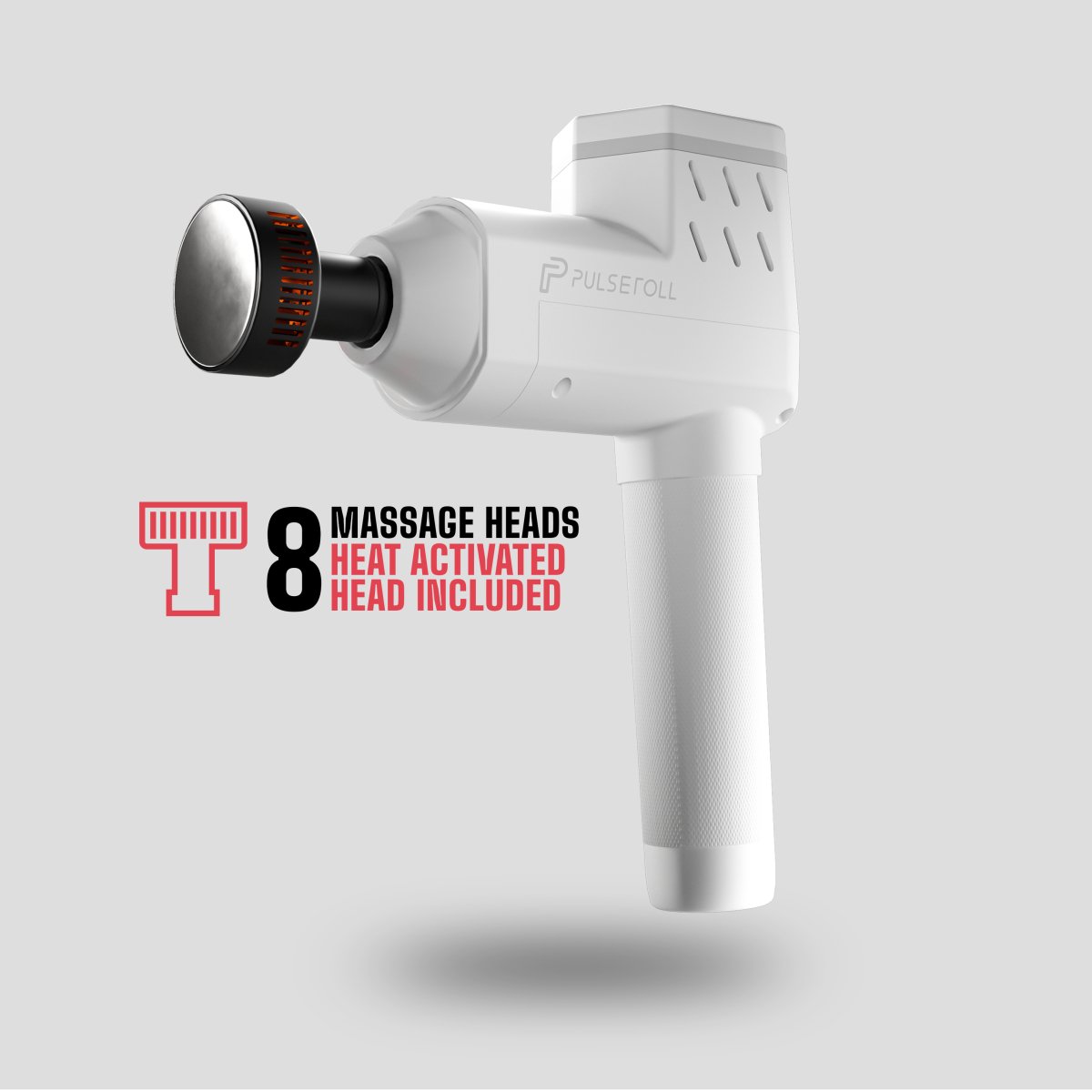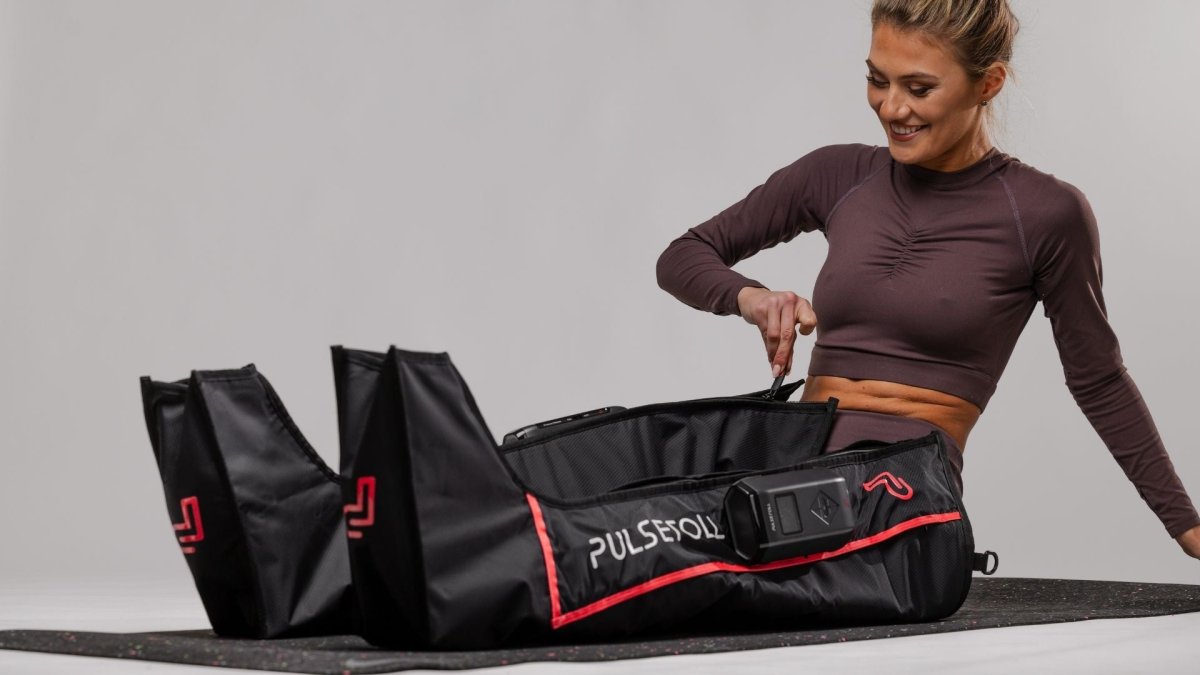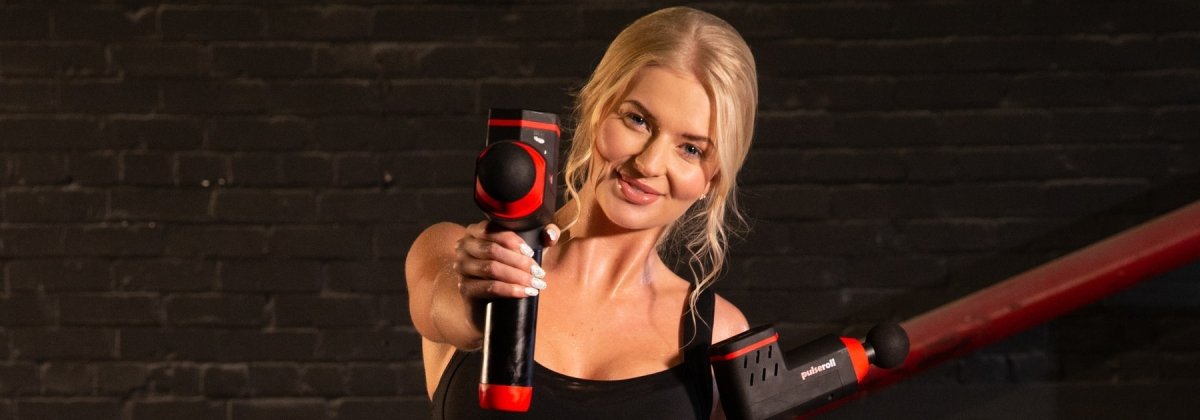If you’re a cyclist, you’ll be familiar with that pain you often feel the day after completing another big session. They always say that you’ve got to power through the pain and keep going but sometimes that is difficult when your legs have worked hard.
In this blog, we are going to point out some top tips for cyclists on how using foam rollers might help them to recover those tired legs and which really is the best foam roller for cyclists! Keep reading to find out more.

That post cycle pain
When you are working your muscles hard, not only does it cause tiny tears in the muscle fibres but you are also creating knots and tight areas – often around the quads, hamstrings, and back for cyclists. When these are repaired, they gradually become stronger but in the meantime, your legs and back can feel pretty awful.
Before training, you should aim to stimulate the tissues properly and give them the necessary flexibility, blood supply, and nourishment required for the muscles that will work most intensely while cycling.
How can foam rolling help cyclists?

Foam rolling helps to speed up the repair process by smoothing out the knots and encouraging blood flow to the specific muscle area. To do this, you need to focus on the trigger points present in your body when you roll, meaning the very painful points within the muscle. This needs to be done in order to eliminate or reduce the pain at that point.
Ischemic and pressure therapy works best in this case. This consists of finding the trigger point within a given muscle by pressing it with the surface of the foam roller and working it in the form of stretching and loosening the developed muscle.
This whole sequence of stretching should be repeated to reduce or relieve pain. Once the pain has started to subside, this will be a sign for you that the condition of the area has improved.
After your workout, your main goal will be to drain metabolites from your cycling routine and relax the muscles you use most during your workout. In order to do this, you should slowly roll along the course of the muscle, adding the ischemic-resistance therapy described above. For cyclists, it will be very important to roll the quadriceps, IT bands, adductors, and calves.
Benefits of using a foam roller

If you are considering integrating a foam roller into your workout routine, there are a range of benefits that you can reap by doing this, such as:
- Increased mobility and flexibility of the motion system
- Prevention of muscle pain by relaxation of the muscles
- Maintenance of a proper muscle balance
- Prevention of overloads and injuries
- Release of trigger points.
The most important thing in foam rolling is to do it regularly, then its effects will be the best. If it is an after- training roll, wait a while and cool down after you finish your session before using a foam roller.
The best foam roller for cyclists
If you’re a cyclist and are keen to get a tight recovery routine in place, you will be looking for the best foam roller for cyclists. This is where we can help.
Here at Pulseroll, we are pioneers in vibration technology and have a foam roller with a twist. We took the standard foam roller and added our performance enhancing vibration technology, which allows for deeper penetration into the muscle.
When using a vibrating foam roller before training, it can enhance performance, or when used after a session, it can speed up recovery significantly. Regular use over time will reduce risk of injury, illness, and can improve long-term muscle health and performance.
If you’re looking for the best foam roller for cyclists, there is only one option: Pulseroll. Head over to our blog to read more about vibration technology and our range of muscle recovery products.






